 As much as I am a certified web-app fan, I’m not naive enough to believe I’ll always have 100% broadband availability. Crazy shooters, limited conference availability, or just traveling to less covered areas (and I don’t mean here) – there will be times when we need our documents offline.
As much as I am a certified web-app fan, I’m not naive enough to believe I’ll always have 100% broadband availability. Crazy shooters, limited conference availability, or just traveling to less covered areas (and I don’t mean here) – there will be times when we need our documents offline.
That’s why I’m happy to see Zoho Writer get offline editing capabilities today. The offline implementation is based on Google Gears, which, ironically, has yet to show up in Google’s own Apps. This video tutorial walks you through the new features – note, the steps to install Google Gears are obviously required only once. After that, you just click “Go Offline”, and can access your documents at writer.zoho.com/offline. When you’re connected again, click “Go Online” and Zoho will sync your changes back to the original document.
The features are more than covered by all the “big names”, including TechCrunch, Read/WriteWeb, GigaOM, /Message, Digital Inspiration, CenterNetworks, Webware.com and Wired – to name just a few. I’ll focus on what’s still missing, and a few comments.
Yes, this is not a perfect solution – yet. Going offline has to be a planned activity since you actively need to click the option while still online; this is the way Google Gears works for now. But life produces unexpected situations, like the other day when I had to hop on a train, and was staring at an empty Google Reader as I had forgotten to click “Offline” at home (Google Reader’s offline capability is also based on Gears). But Zoho never stops enhancing their products, and they plan to tackle auto detecting online/offline status and periodically sync the contents of online and offline documents.
Some reviewers compare Zoho’s approach to full integration by Live Documents. I find it rather funny: since when can we compare a PR release to existing products? GigaOM’s headline is also quite surprising: Zoho Seeks to Replace, Not Embrace, Microsoft Office. Again, this in comparison to yet-to-be-launched Live Documents‘ “embrace and extend” strategy. What this comparison forgets to mention is that Zoho has their own MS Office plugins, so, using their analogy, Zoho’s strategy includes “embrace, extend or replace”. The choice is up to the users, as it should be.
Last but not least, the little birds are singing that the next Zoho announcement will prove that web-based apps can be on par with their desktop counterparts: care to guess which application I am talking about? 



 often overlooked, probably since Google does not have anything to offer in these areas. But Zoho does, and in fact that’s the application that attracts the largest active user base. Creator allows non-tech-types (like yours truly) to
often overlooked, probably since Google does not have anything to offer in these areas. But Zoho does, and in fact that’s the application that attracts the largest active user base. Creator allows non-tech-types (like yours truly) to  ). Today, in the age of better online collaboration (that you can NOT manage on paper) and ergonomic large screens,
). Today, in the age of better online collaboration (that you can NOT manage on paper) and ergonomic large screens,  Mozilla Lab’s
Mozilla Lab’s 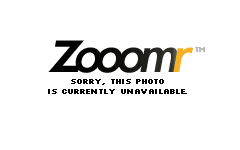 I’ve been using Zoho Writer, Sheet and Show in a
I’ve been using Zoho Writer, Sheet and Show in a 
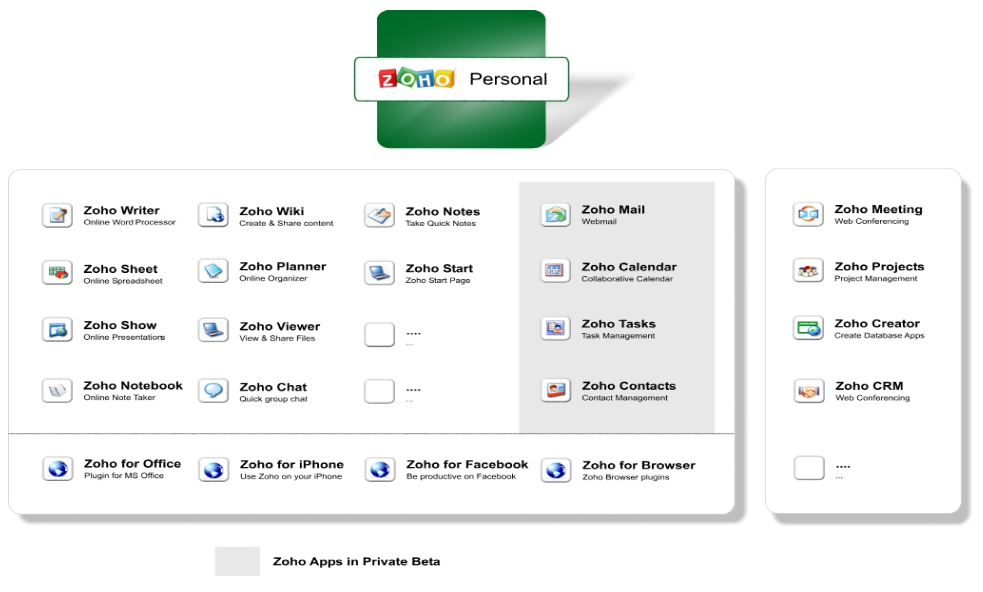

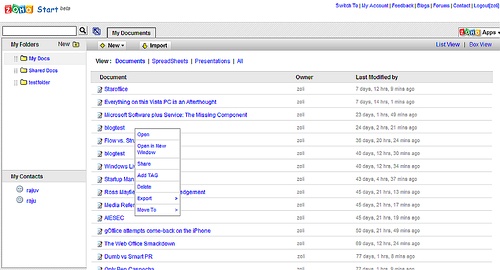
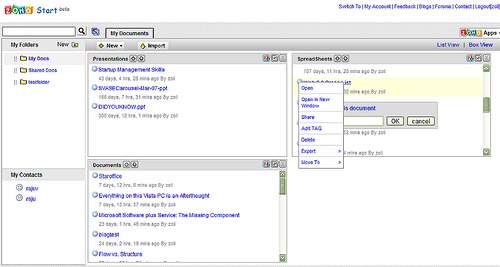
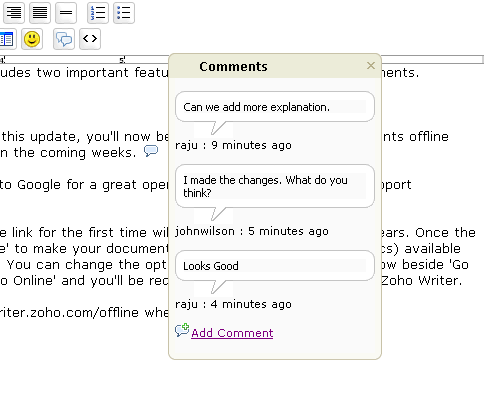
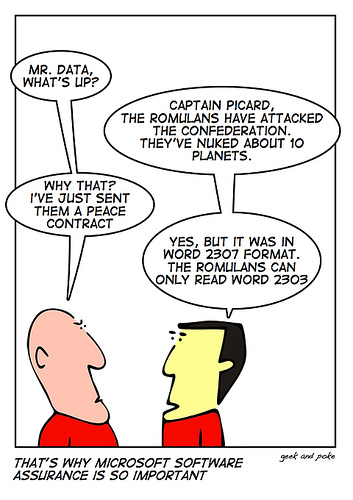

Recent Comments